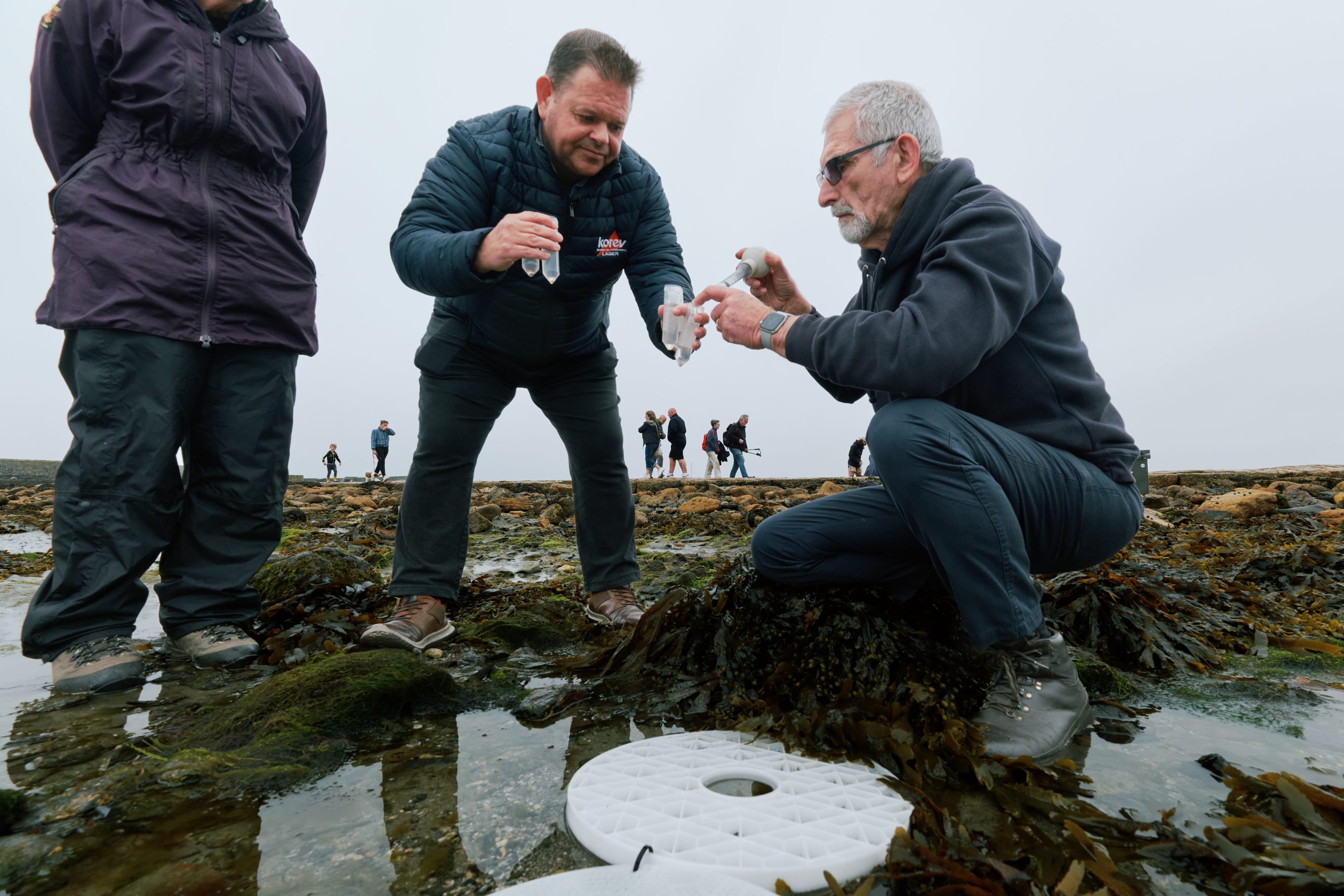Celebrating 25 years in 2025

As I reflect on the journey of the National Lobster Hatchery over the past 25 years, I am filled with a deep sense of admiration and gratitude to all the staff, volunteers and Trustees that have served the organisation over those years. From its humble beginnings, the Hatchery has grown into a beacon of marine conservation, innovation, and community engagement, playing a vital role in sustaining lobster populations and fostering a greater understanding of our coastal ecosystems.
In its earliest days, the National Lobster Hatchery was a tiny but ambitious venture, driven by a dedicated team, that was passionate about trying to reverse the decline of local lobster stocks. The initial challenges were immense — very limited resources, scepticism from some quarters of the fishing industry, and the sheer complexity of raising 000’s of baby lobsters in a controlled environment. Yet, through perseverance and scientific rigour, the Hatchery staff and volunteers laid the groundwork for what would become a transformative project for both marine conservation and local communities.
From my perspective, one of the most inspiring aspects of the Hatchery’s evolution has been its ceaseless pursuit of scientific excellence. Over the years, innovations in breeding, larval rearing, and release techniques have significantly improved survival rates for juvenile lobsters. These advances have not only contributed to a healthier lobster population in the wild but have also provided vital data for fisheries management and marine research.
The National Lobster Hatchery’s Board of Trustees has always recognised that successful conservation is as much about people, as it is about science. Its outreach programmes, educational workshops, and visitor experiences have engaged many thousands of school children, holidaymakers, and locals alike, fostering a sense of stewardship for the marine environment. On countless occasions, I have witnessed the wonder in children’s eyes as they peered into tanks teeming with tiny lobster larvae — perhaps a moment that may spark a lifetime’s passion for marine conservation.
By developing and driving the methodology for the replenishment of lobster stocks, the Hatchery has provided a model for sustainable fishing that balances economic needs with environmental responsibility. This collaborative approach between scientists, the fishing industry, the local community and the public is, to me, one of the organisation’s greatest achievements. I have been told by several fishermen (who at one time were our harshest critics), that the Hatchery’s work has had a tangible and beneficial impact on the local fisheries, helping to secure livelihoods and maintain the cultural heritage of the coastal communities.
As the National Lobster Hatchery marks its 25th anniversary of being open to the public, I am both proud of what has been accomplished and optimistic about what lies ahead. The challenges facing our marine environment — mainly climate change and pollution — are more pressing than ever. Yet, the Hatchery’s legacy of innovation, collaboration, and education offers hope and a blueprint for future conservation efforts.
In celebrating this milestone, I realise that the story of the National Lobster Hatchery is ultimately one of many people coming together to protect something precious. I hope it is a story that continues to inspire; it is certainly one that I am honoured to have played part in over the past quarter-century.
Eddy Derriman MBE

Eddy (on the right) opening the Visitors Centre 20th October 2000